For those seeking effective climate management, packaged terminal air conditioner (PTAC) systems are quickly becoming a very popular option. Want to know how long this kind of unit lasts? Don’t worry! We’ve researched this topic thoroughly to provide you with everything you need to know.
The lifespan of a PTAC will vary depending on several factors that could extend or shorten it. However, in general, PTAC units ought to last 10 years while keeping the unit well-maintained.
In this article, we will address all of these PTAC unit-related queries. On top of that, we’ll look over its lifespan and some tips to make this unit last longer. Also, we’ll share some signs to consider in replacing your PTAC. Continue reading to learn more.
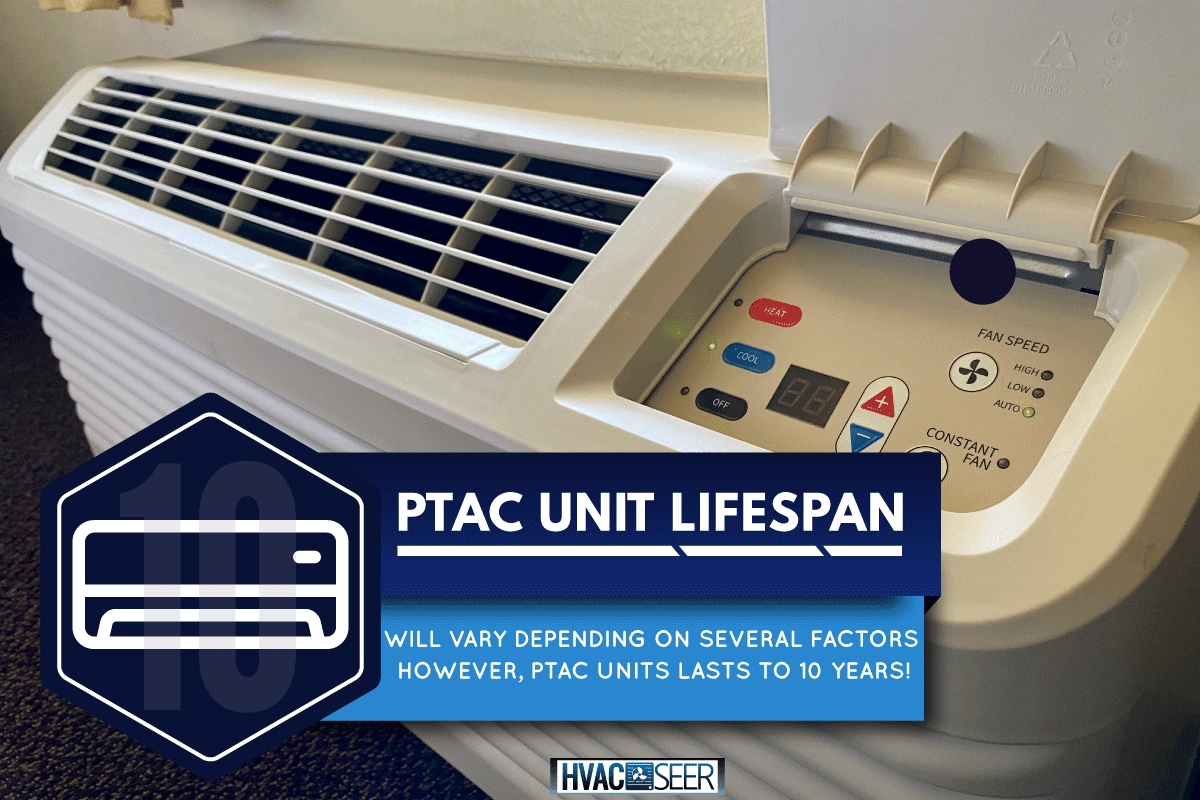
What Are PTAC Units?
PTACs are single, self-contained, commercial-grade devices that are typically seen in hotels and are inserted through a wall. The compressor system in a PTAC can both cool and heat.
A PTAC unit's cooling system uses conventional refrigerant or fresh air intake:
- Refrigerant: The machine circulates the indoor air around a coil that is cooled by the refrigerant (freon is the more popular refrigerant of these units). Before the air is returned to the room, this coil removes the heat and humidity from it.
- Fresh-air intake: A fresh-air intake type uses an evaporator coil facing the room and a condensing coil facing the outer grille to draw air through while cooling it down along the way.
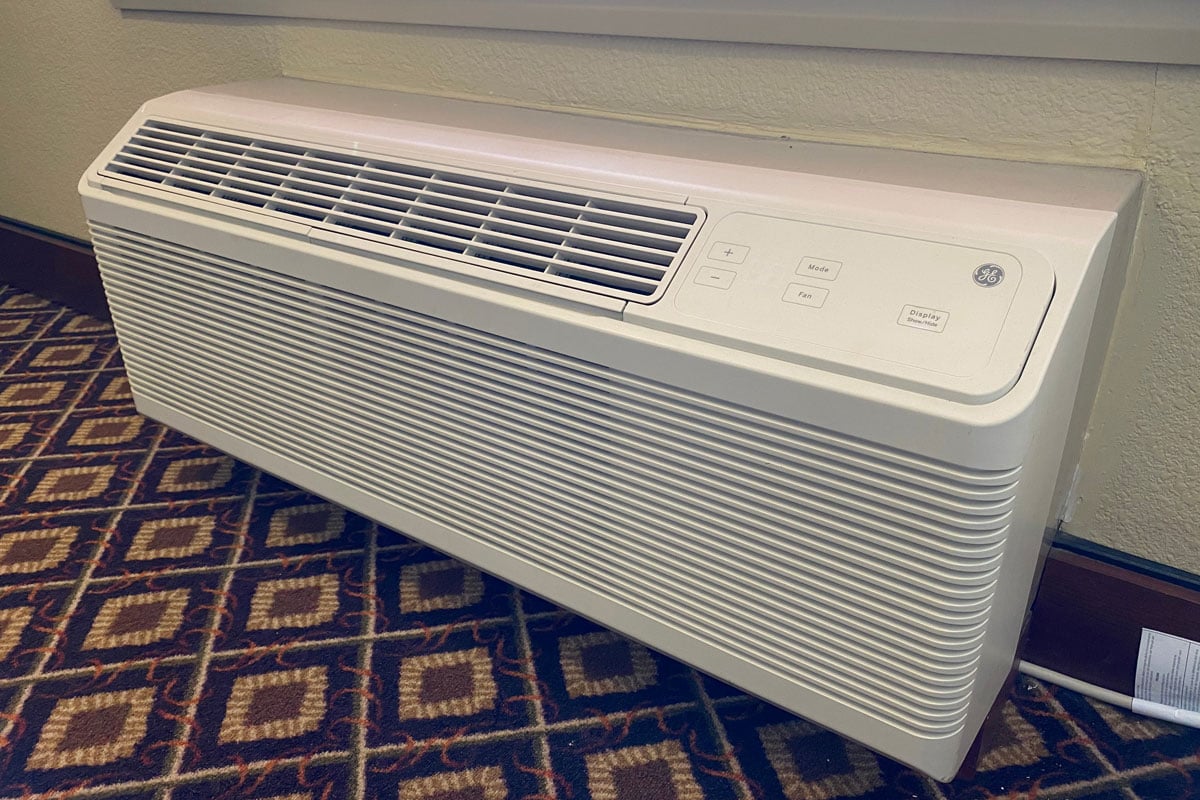
However, there are two choices for heating techniques. PTACs may use reverse cycle heat pumps or resistive electric heat.
- Reverse cycle heat pump: This device functions like that of a window air conditioner. Cold air is forced out of the unit while hot air is forced into the building by a valve that modifies the flow of freon in the system.
- Electric heating: Before air enters the room, the coils in an electric heating system are warmed up.
PTACs are commonly found in the hotel business and are allowed for commercial usage, but they are also ideal for home use. The normal size of a PTAC is 42" wide, making it larger than a regular through-the-wall air conditioner.
Click here to see this 42” PTAC on Amazon.
How Long Do PTAC Units Last?
Air conditioning systems need regular seasonal maintenance, just like a car, to make sure there isn't too much strain on the equipment and to avoid unexpected failures.
According to a recent industry survey, PTAC units can last up to 10 years with proper maintenance, but improvements in energy efficiency and smart technology may tempt consumers to replace them every 5-7 years.
It is impossible to overstate the advantages of a fully functional PTAC system. It offers customers a remarkably effective, manageable, and simple way to regulate the temperature in their own homes.
A crucial component of owning a PTAC is having your unit routinely serviced by a seasonal expert. There is a chance that these kinds of systems could clog up and eventually become blocked because they patch into building water systems.
If this takes place, the system may flood, damaging your home, your building, or nearby apartments.
How Do You Maintain A PTAC?
In comparison to conventional heating, ventilation, and air conditioning (HVAC) units, PTAC units are also more durable and require less maintenance.
As said, they still require maintenance, which can significantly increase the lifespan of your PTAC equipment. Below are the maintenance tips that you should bare in mind:
Keep An Up-to-date Maintenance Log
Doing this for your PTAC equipment may seem like a simple routine task. However, it can be a huge help when you're trying to diagnose the system. Additionally, you'll be able to predict the type of fixes your system may require in the future.
Make Sure The Filters Are Clean
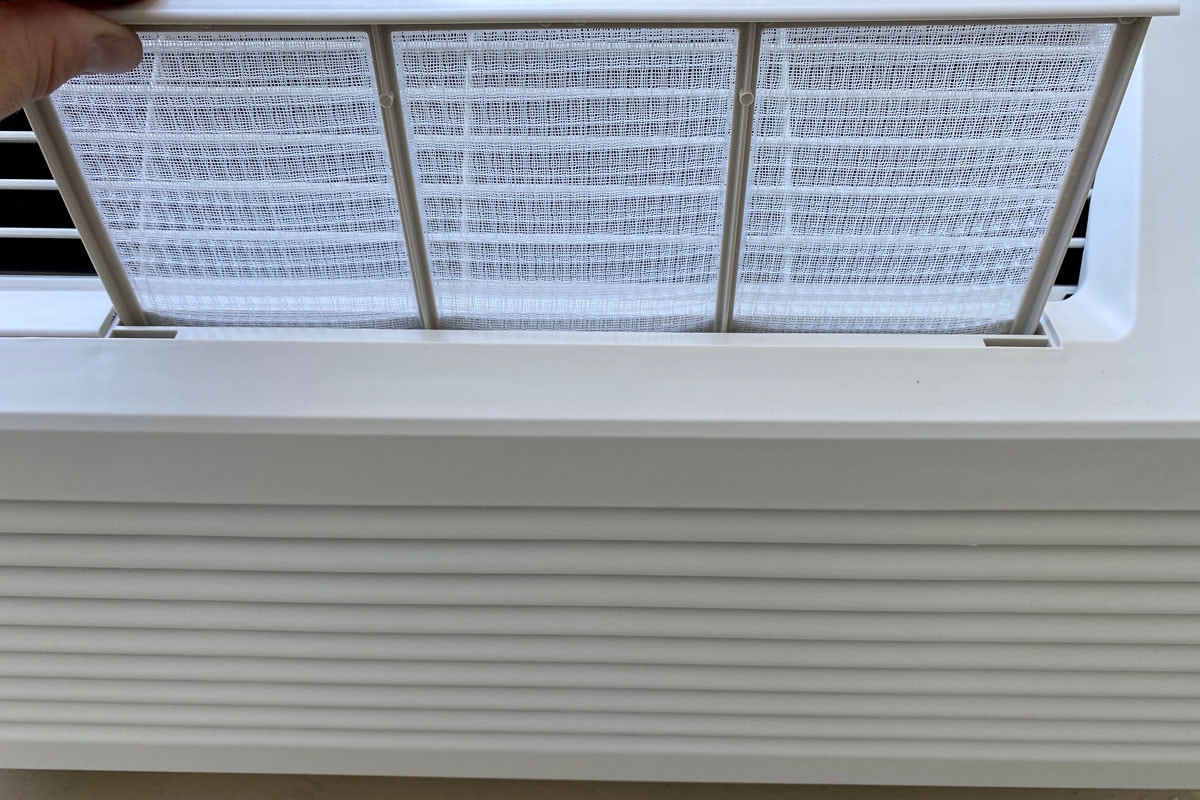
It's crucial to keep the air filters clean, just like with any HVAC system. This is one of the maintenance pieces of advice that everyone should be aware of because many choose to disregard the filters until it's too late.
The effectiveness of the entire PTAC system is decreased when the filter becomes clogged and full of dirt. This therefore significantly raises the possibility of damage.
Correctly Plug In The Power Cords
Since there isn't much wiring with PTAC systems, there are only a few power cords and connectors to deal with. Still, you must ensure that they are connected properly. Whenever you plug in your system, utilize the correct voltage outlets.
Furthermore, make sure to tighten any loose chords. If not fixed, loose plugs can cause fires and harm to the entire PTAC system.
Always Check That The Features Function
The integrity of the entire system will be jeopardized if any of these features stop functioning as intended. Therefore, during maintenance, check that all the components of your PTAC system are operating as intended.
Check For Air Leaks And Clean The Coils
To make sure there are no air leaks, it's also critical to inspect the region where the unit seals against the wall.
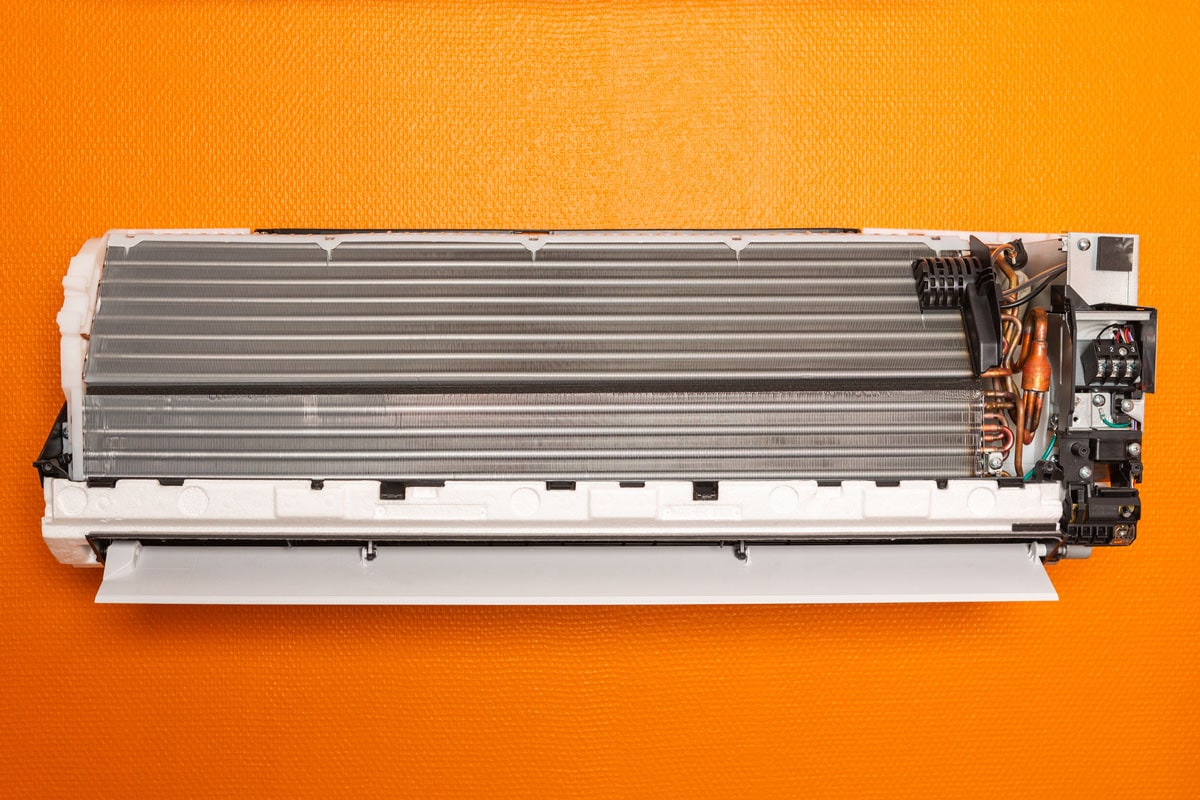
Coils require a cleaning routine, just like air filters do. Not only will this increase the effectiveness of your PTAC system, but it will also significantly improve the quality of the air within your home.
Keep The Unit's Exterior Clean
The simplest type of HVAC maintenance is cleaning. But it’s not just cleaning the inside but also the exterior part. Even wiping down the exterior with a dry towel can keep the system functioning effectively. If you can, open the lid so you may clean the inside.
When Should PTAC Units Be Replaced?
Operating out-of-date PTAC units can be problematic, as well as result in more maintenance headaches and more expensive utility costs.
There is no set rule for when to replace PTAC units, but as they approach the end of their lifespan, your old units will start to exhibit telltale signs.
Unit's Efficiency Has Decreased
Modern PTAC models can be retrofitted to replace older models and are renowned for their energy efficiency. Because of this, purchasing a newer model is typically a more energy-efficient option than doing the same with an older model.
Keep an eye on the energy efficiency ratio (EER) rating. The efficiency with which the appliance converts electricity into output energy is indicated by its EER rating. As years go by, the EER rating of the unit typically drops to 3 after initially hovering around 5 when new.
It's time to buy newer units with an EER of 10 or higher if the EER of your PTAC units has decreased. New units provide the dual advantages of being an environmentally friendly choice and saving owners money on utility costs because they use less energy.
Not EPA-compliant
By EPA standards, most units perform satisfactorily. However, there's a chance you could be in danger of breaking the law or harming the environment if yours is old or hasn't been properly maintained with environmentally friendly coolant.
R-22 coolant, also referred to as freon, is currently being phased out of production. However, PTACs that use freon can switch to an eco-friendly alternative coolant since there is already enough freon produced to keep them operational for many years.
Unit Makes Too Much Noise
Older PTAC units can be particularly prone to squeaks, rattles, and whistles, though some PTAC units are noisier than others. Noisy and broken air conditioners are the most common complaint of visitors or guests, especially in hotels where these units are usually found.
You can accommodate sensitive guests, get fewer complaints, and lose less money to refund requests by investing in a quieter unit, perhaps with a dual fan system.
What Are The Pros And Cons Of A PTAC?
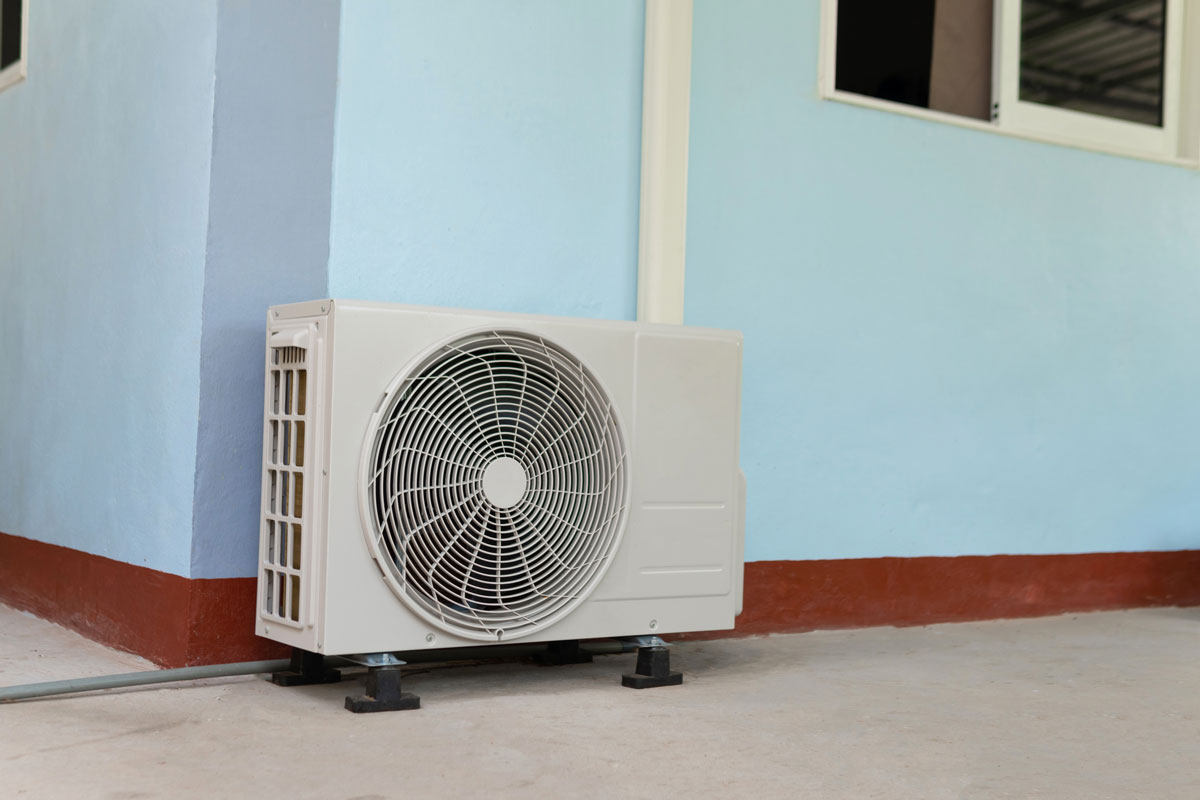
To understand more about the PTAC unit, below are the pros and cons of having this system in your home:
Pros
- Easy Installation: They are quite simple to install because ductwork is not required. All that's left to do is install the interior and outdoor units, drill a hole in the wall (the only challenge), and run the communication and refrigerant lines through. A video demonstration on installing PTAC is shown on YouTube below.
- Performs Heating & Cooling: Most hotels benef greatly from PTAC's capacity to provide both cooling in the summer and warmth in the winter. Prior to micro splits, only ducted HVAC systems could provide both heating and cooling.
- Latest PTAC Units Have Greater Energy Efficiency: PTAC units weren't exactly energy efficient in the past. These days, it is simple to find a PTAC unit that is energy-efficient and has a more than 10 EER rating. As a result, their cooling and heating bills will be lower.
- Affordable: The price of a PTAC unit is below $1,500. They are quite affordable in comparison to central air conditioning systems, which can cost $10,000 or more. PTAC units are significantly less expensive than central air conditioning.
Check out this mini-PTAC on Amazon.
Cons
- No Zone Control: PTAC units cannot be moved to provide cooling and heating in other rooms because they are installed in a single room. That is why they cannot provide zone control.
- Noisy Operation: The PTAC is not for you if you do not want a noisy HVAC system. Its units are noisy since every part of them is located within the room. If you want a quiet solution, then mini-splits are a good choice.
Conclusion
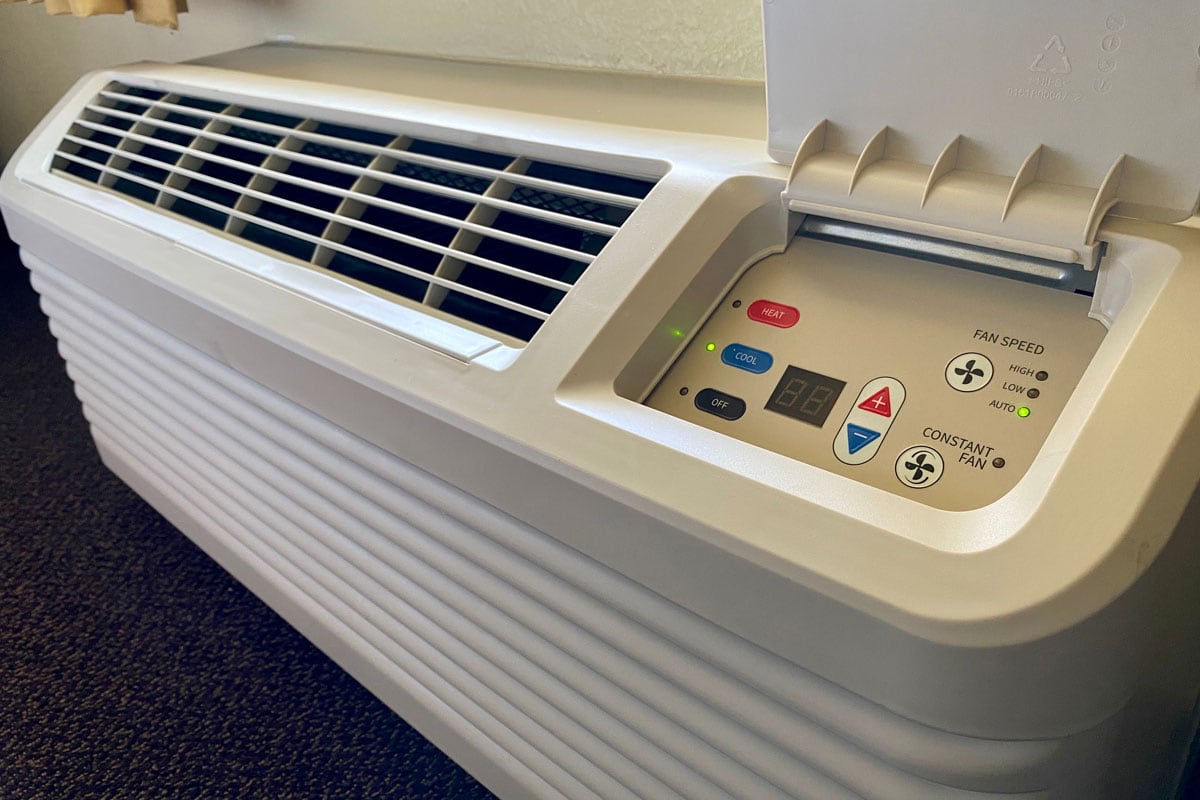

Maintaining a PTAC unit in good condition will help it last longer. If you don't do this, you may start experiencing issues a few years after purchasing a new appliance.
However, if you're not familiar with PTAC units, you might ask an HVAC maintenance specialist for assistance. In any case, a clean PTAC system is always effective and might sustain less damage than a dirty HVAC system.
Before leaving, check out some of our interesting posts below:
Carrier Vs Mitsubishi Mini Split: Which To Choose?
Heat Pump Vs Electric Heat: Cost Comparison


